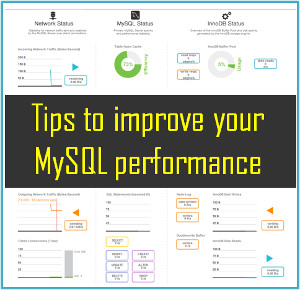Find out the most effective ways to avoid Android Performance issues
It goes with saying that iPhone enjoys the major audience’s love, still nothing can beat the popularity enjoyed by Android Apps as there are more than 1.6 billion apps out there on Google Play and billions of downloads already. However, Android App Development happens to be a complex task with there being several key areas where the developers face difficulty. Here we put a glance on a few of the issues that are concerned with the design level or some being on the implementation level. Both ways these problems can hugely reduce the android performance or efficiency of the app.

Battery
To start with, the major issue with smart phone apps is that they use up a lot of battery owing to the network I/O. Still, most of the developers you come around tend to be good at using mains electricity for programming tasks. Myriad of developers don’t even consider the energy costs of I/O operations while writing for desktops or servers. A large extent of the power is used in waking the radio of the smart phones that’s is imperative in concerned with the communication and transmission process, whereas the signal packets are transmitted when the radio is in on state, which signals that there is a need for it to remain continuously on whenever there is a data packet transfer.
Due to this very reason developers must understand that network requests must be seen as a block and that these network requests are batched up. The severe power requirements of some apps lead to the failure of some batteries to perform to the expected levels that thus fail to leave an impact. This way you get to come across a number of battery issues with your apps and resultantly utilize a special tool from Google called Battery Historian. This tool is helpful in recording information as well as events on an Android device, however, remains limited to Android 5.0 Lollipop and later, with API Level 21+.
Memory Management
Speaking of a mobile operating system, physical memory is often constrained and owing to this reason Random Access Memory is considered a valuable resource. With Android, the Dalvik virtual machine executes a routine garbage collection, still, it’s advised to not ignore this when and where memory is released or allocated by your app. In that case the garbage collector can reclaim memory from your app and thus it’s advised to let go of introduction of memory leaks and release any reference objects at the most suitable time.
Android doesn’t offer swap space for memory, still it uses paging and memory mapping for memory management. In such cases, any memory that is modified by the developer by touching mapped pages or allocating new objects remains in RAM. However, that can’t be paged out and resultantly in Android the sole way to completely release the memory from your app is by releasing an object reference that the user may hold and in that regard the garbage collector can avail of the released memory.
Using Services Sparingly
You don’t require to keep an app running if it requires a service to perform work in the background, except when the app is performing a job actively. When a service is kept running when it required that it turns out to be one of the worst memory management mistakes. Thus, when the service is started, the system prefers to the process for that service running. However, this very process turns to become quite expensive as the RAM that this service can’t be paged out or cannot be used by anything else. It’s not worth at all to keep a service for an app running. The RAM constraints lead to the risk of your app performing poorly, still it also enhances the risk of being identified by users and getting uninstalled for misbehaving.
App Responsiveness.
Often it happens with Android that your app fails to respond and display an Application Not Responding (ANR) dialog. In the development of Android apps, the system guards against the applications that are insufficiently responsive for a specific time period by displaying the ANR dialog. In that case the user can quit the app, though it’s critical for the developer to develop an application so the user never comes across an ANR dialog.
Thus, you are enlightened with a few methods that an Android app developer can use to improve app performance while a seasoned Android developer well understands the efficiency of this issue and develop potential problems with Android Apps.


 Arun
Arun







